News
Type History Toolkit, Part 3: Non-Linear Lenses
The last installment of our design education toolkit offers alternative ways to teach and learn typography using themed tables in the Online Archive.
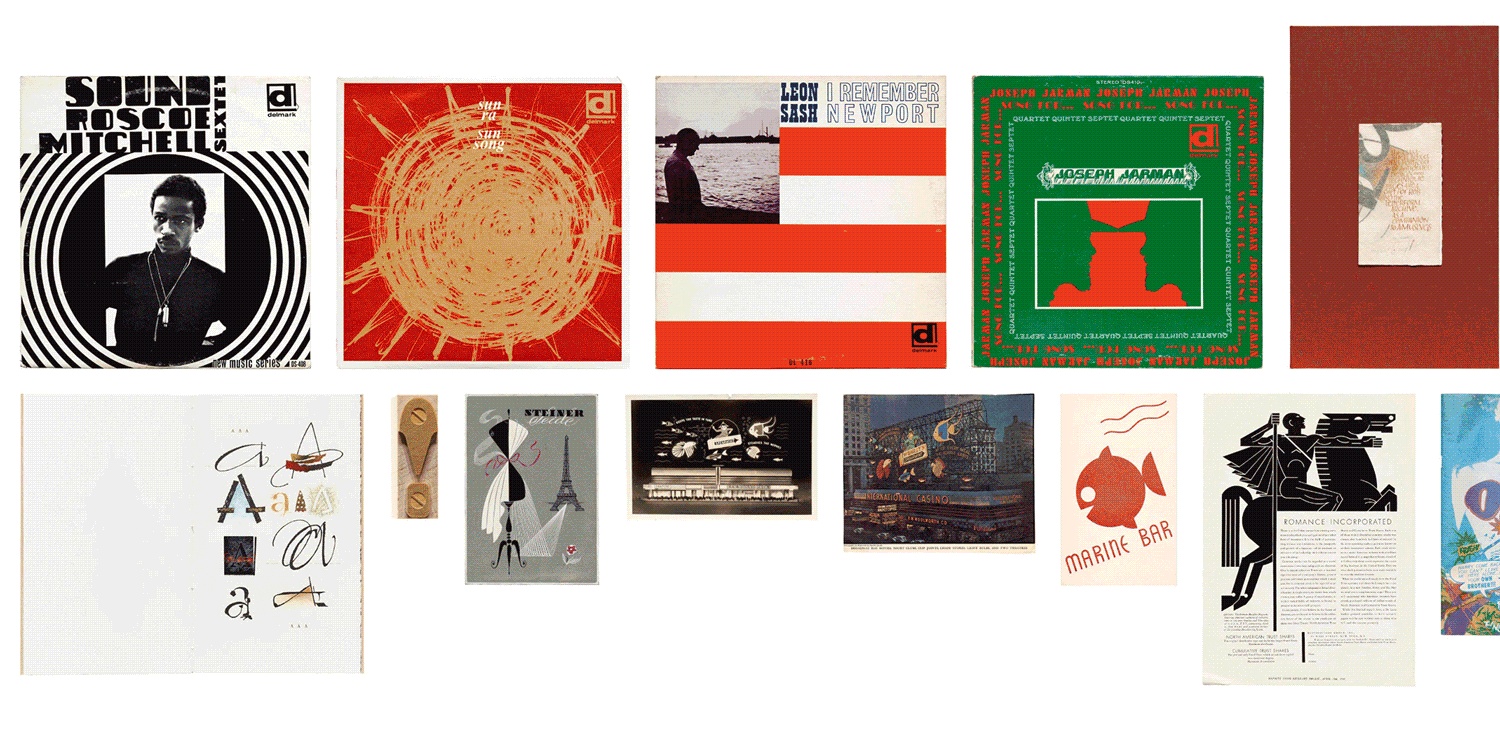
The Archive’s wide-ranging collection allows many entry points into type history. In earlier posts we offered a conventional chronological approach, and a global perspective. Over the years the Archive team built out a wide variety of tables in the Online Archive based on their interests or responding to a tour’s requirements. Many of these explore typographically significant themes, movements, and subcultures in graphic design, offering alternative ways to teach and learn about letterforms.
History & Materiality of Artists’ Books
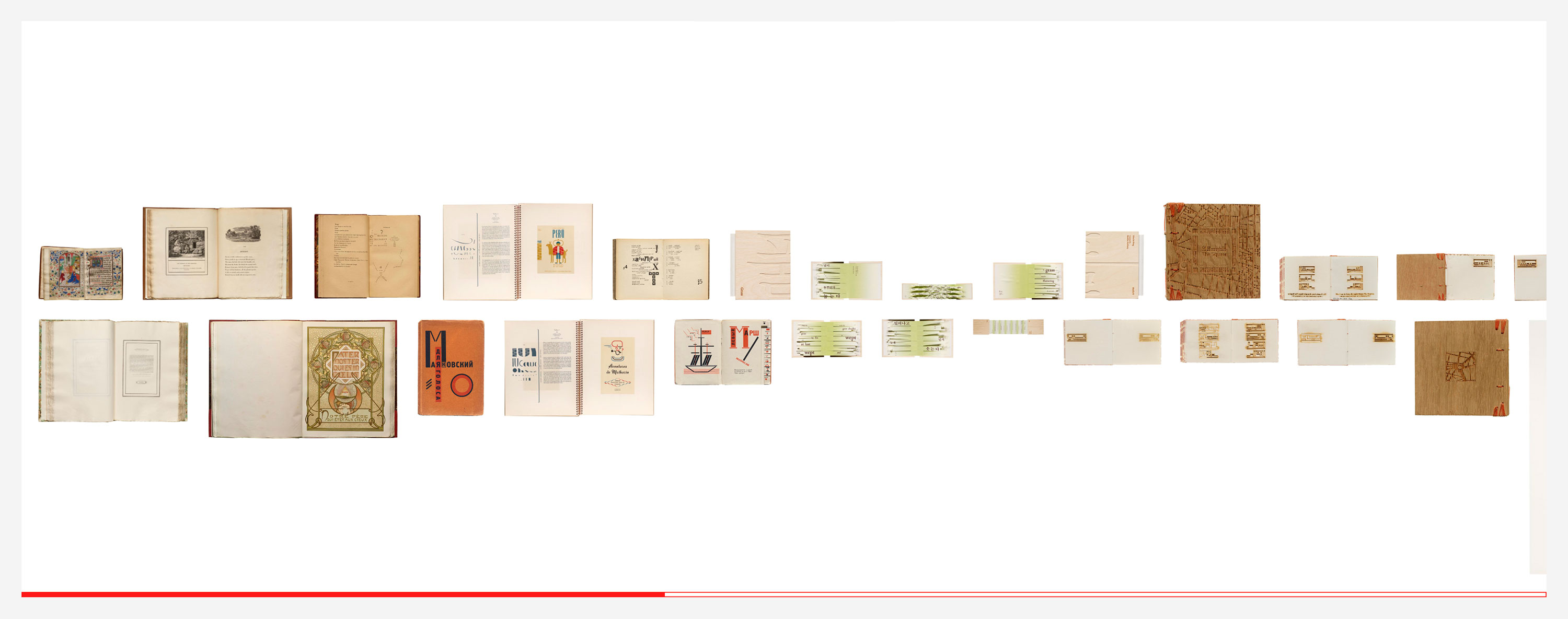
Table by Elise Carlton and sair goetz
The Archive has always held a special place for books with poetic or artistic aims. These works, often made by hand by their designers, present new typographic concepts outside the commercial realm. Elise and sair’s table highlights books with unusual structures, printing and construction methods, and experimental letterforms.
Blackness in Italics
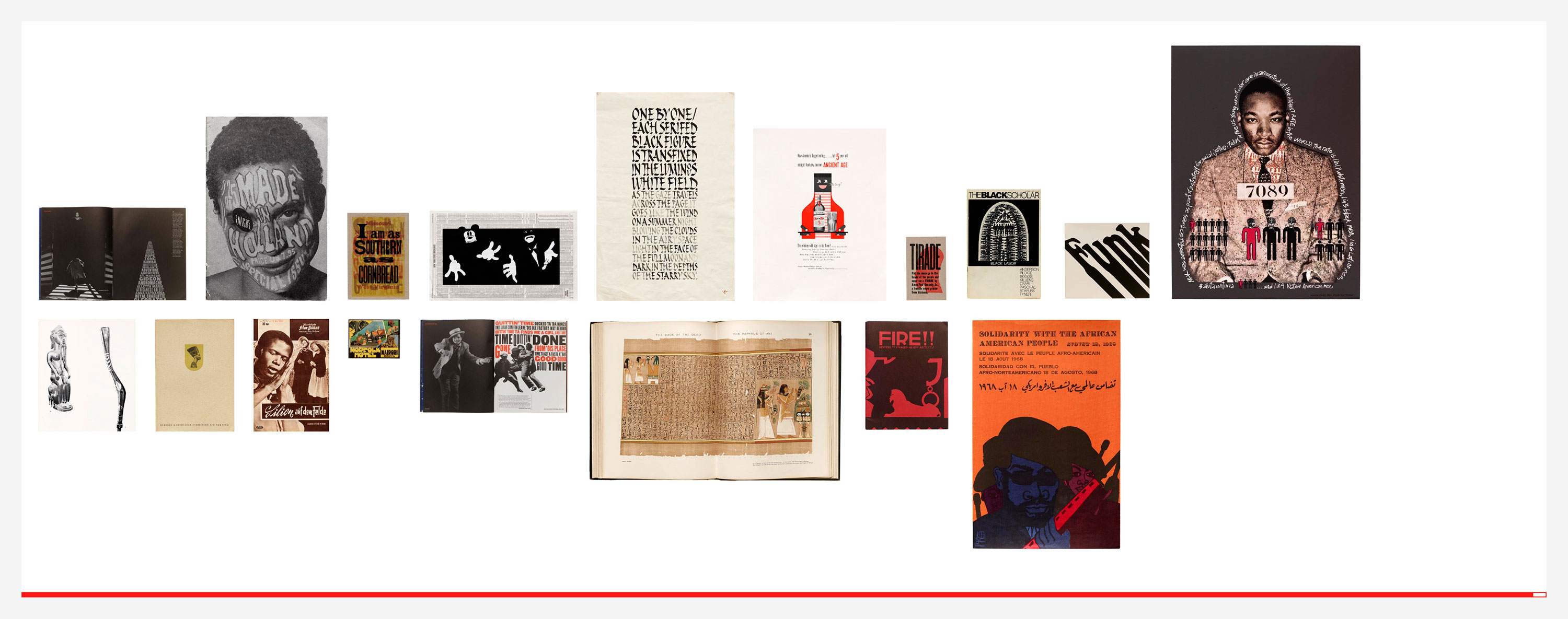
Table by Leila Weefur (Letterform Archive board member)
In many visual formats, the existence of Black culture is often visible in the periphery, hidden between the lines, and mirrored in the shape of a letter. This table highlights the displays of Blackness, both explicit and implicit, to be discovered in the archive.
Women You Don’t Learn About in Design School
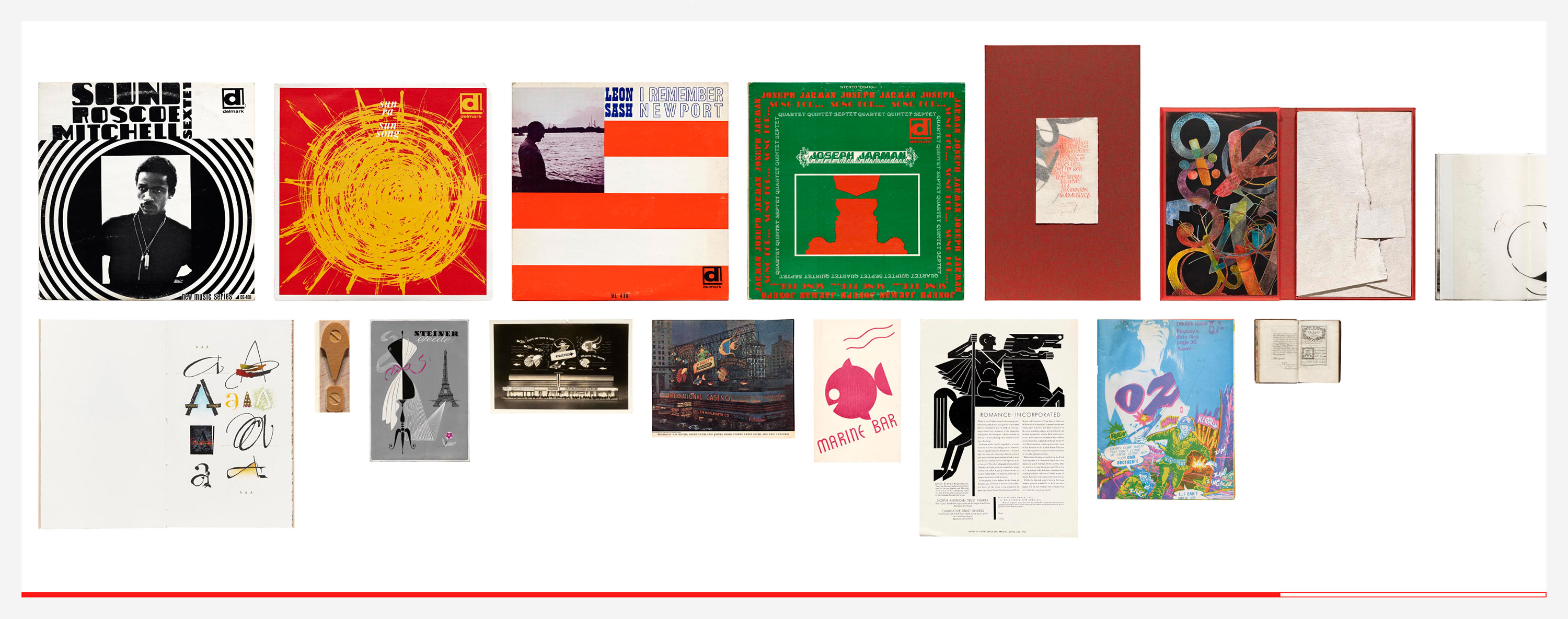
Table by Stephen Coles
This introduction to important designers who are rarely discussed as part of the “Design Canon” includes Laini (Sylvia Abernathy), who is the first Black woman credited as an album cover designer; Virginia Clive-Smith, an incredibly inventive member of the psychedelia movement; and more.
Global Scripts, Global Type
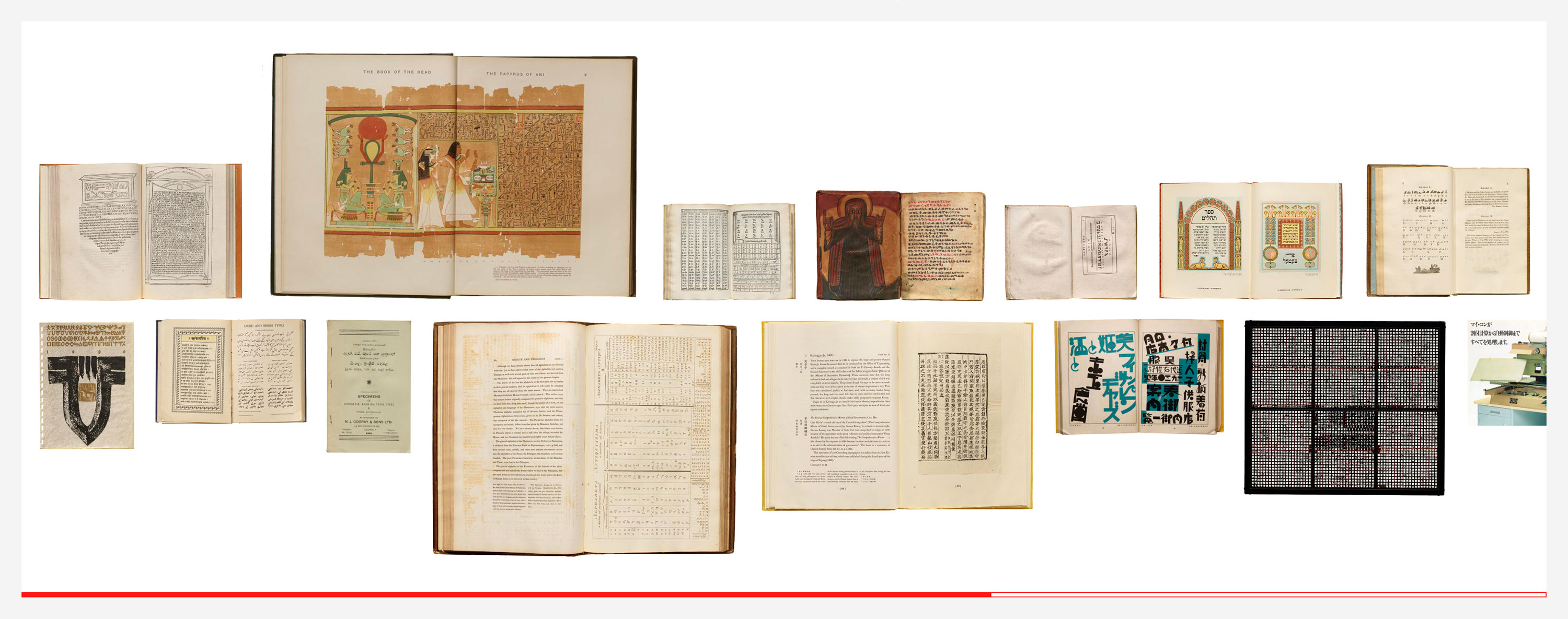
Table by Chris Westcott
Chris’s selection expands the view beyond the Latin script and Western world with a few objects from the Archive’s growing collection of global design, from ancient Egypt to modern-day Korea. Don’t miss the notes on the table and its individual items.
There is obviously much more to learn from Eastern typography. That’s why we dedicated our second Type History Toolkit to global scripts: “De-Centering the Latin Letter” by Sabiha Basrai.
Women in Metal Type Design
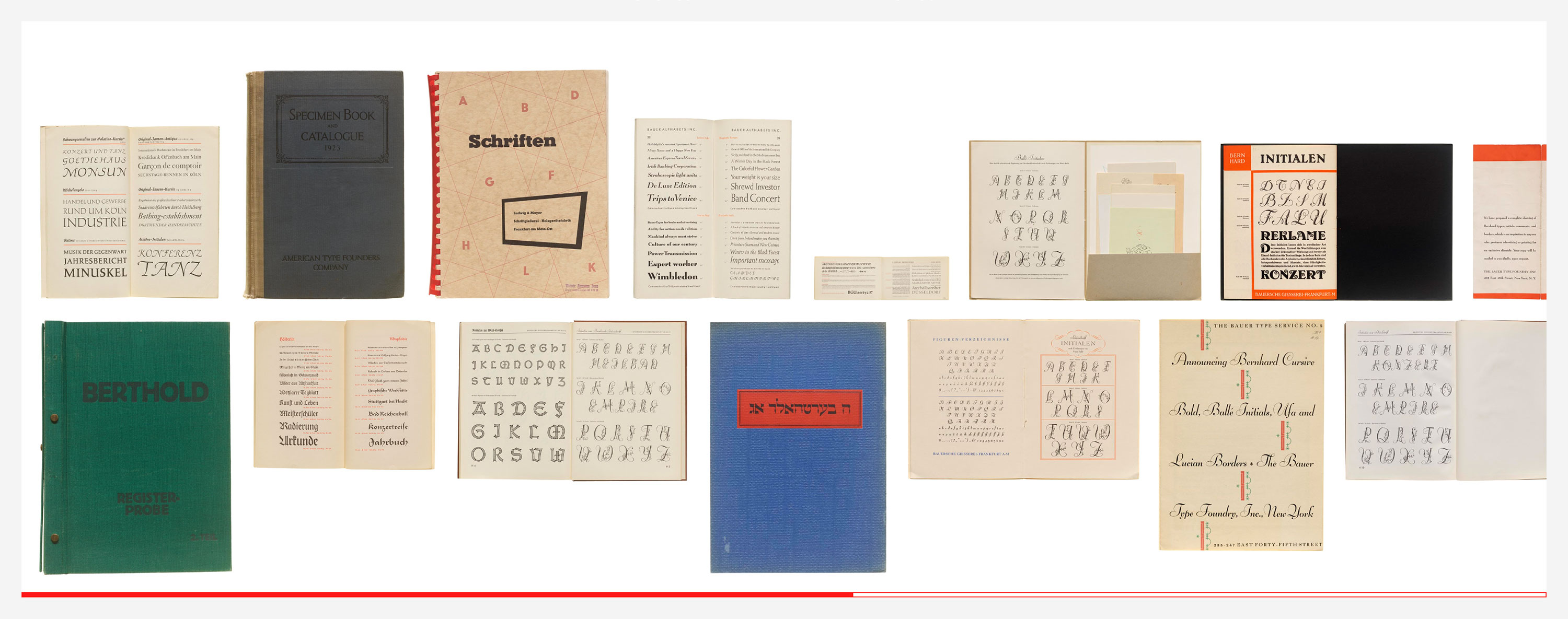
Table by Bethany Qualls
With few exceptions, women’s contributions in the metal type era have mostly been erased or ignored. This table accompanies a salon by Bethany Qualls. As a Mellon Public Scholar, Bethany researched the Archive’s type specimens to develop a finding aid and research hub highlighting the work of women.
Modular Type
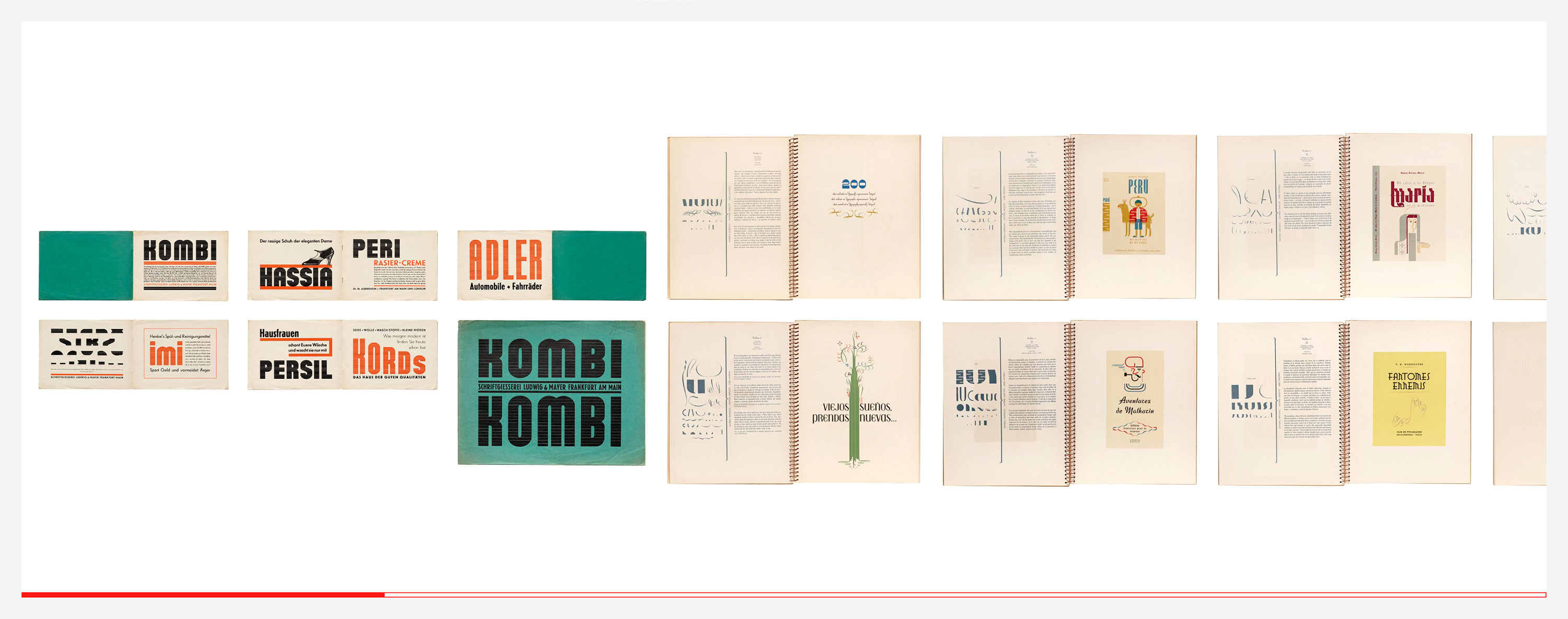
Table by sair goetz
Working like building blocks to create letters or images, modular type systems are the cult classic of the typography world. This table of specimens accompanies sair’s boundary-breaking salon, “Claiming Typographic Trancestors in the Archive”.
Graphic Means
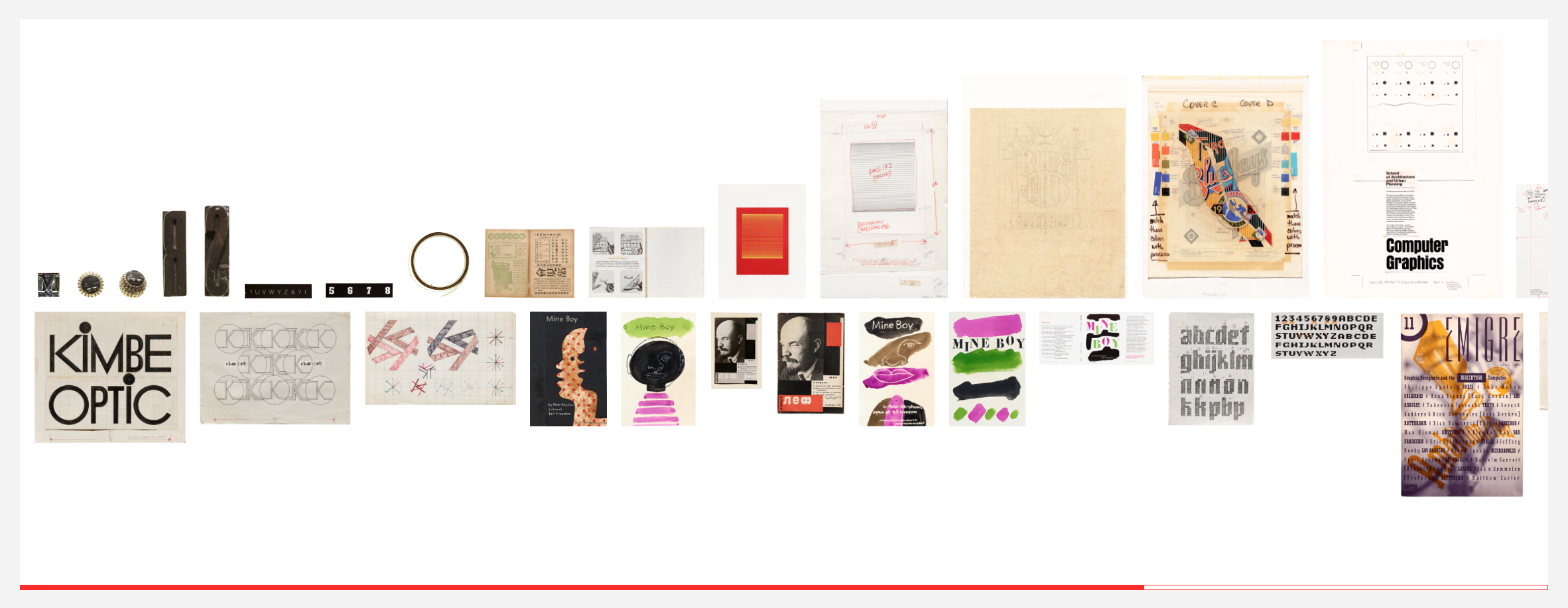
Table by Briar Levit
This table by Briar Levit, director of the documentary of the same title, focuses primarily on the production processes of graphic design done manually, with a few items showing early digital type design and page design (Emigre).
Organizing Information
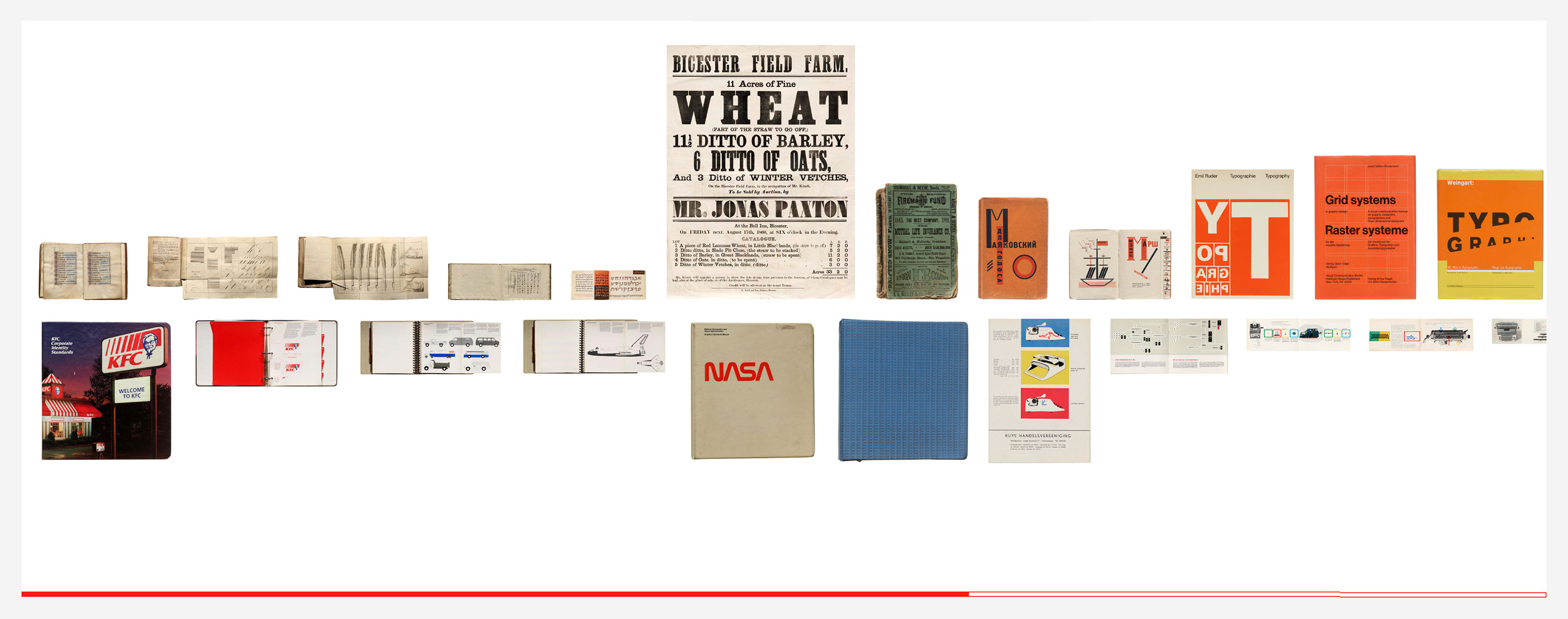
Table by Stephen Coles
Explore the ways typographic information has been organized on the page, from medieval manuscripts and 17th-century calligraphy instruction to the 20th-century Swiss grid system, typewriter manuals, and corporate identity guides. Some notes included.
Breaking The Grid
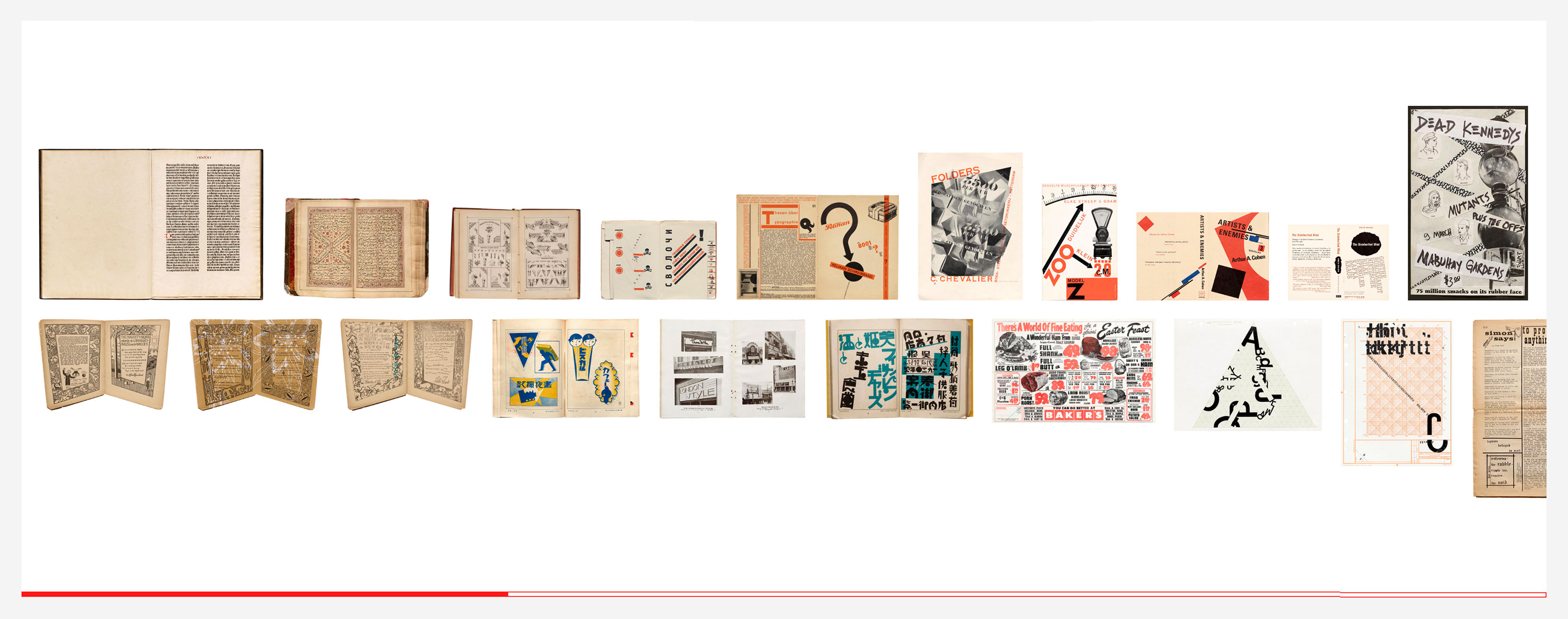
Table by Stephen Coles
What happens when designers break the rules of what typically constitutes good design? This table accompanies our “Breaking the Swiss Grid” event on February 2, 2021 in which we celebrate grid-breaking examples from our collection, including Emigre magazine, the letter- and mind-bending posters of psychedelia, and irregularly-shaped typesetting, old and new.
Type History Toolkit
- Part 1: A Chronological Approach
- Part 2: De-Centering the Latin Letter
- Part 3: Non-Linear Lenses
Education is central to the Archive’s mission, and the Online Archive has been an important tool in sharing collections with the public—especially those who can’t visit in person. We will continue to develop more tables for educators, students, and anyone else who can benefit from exploring letterforms through historical artifacts.
